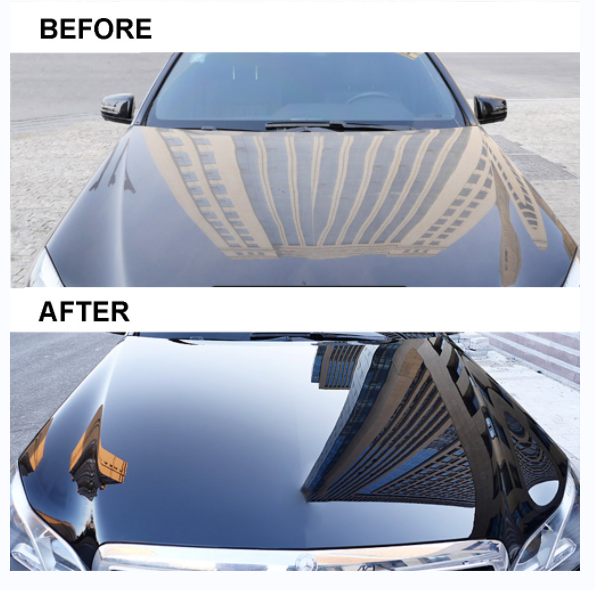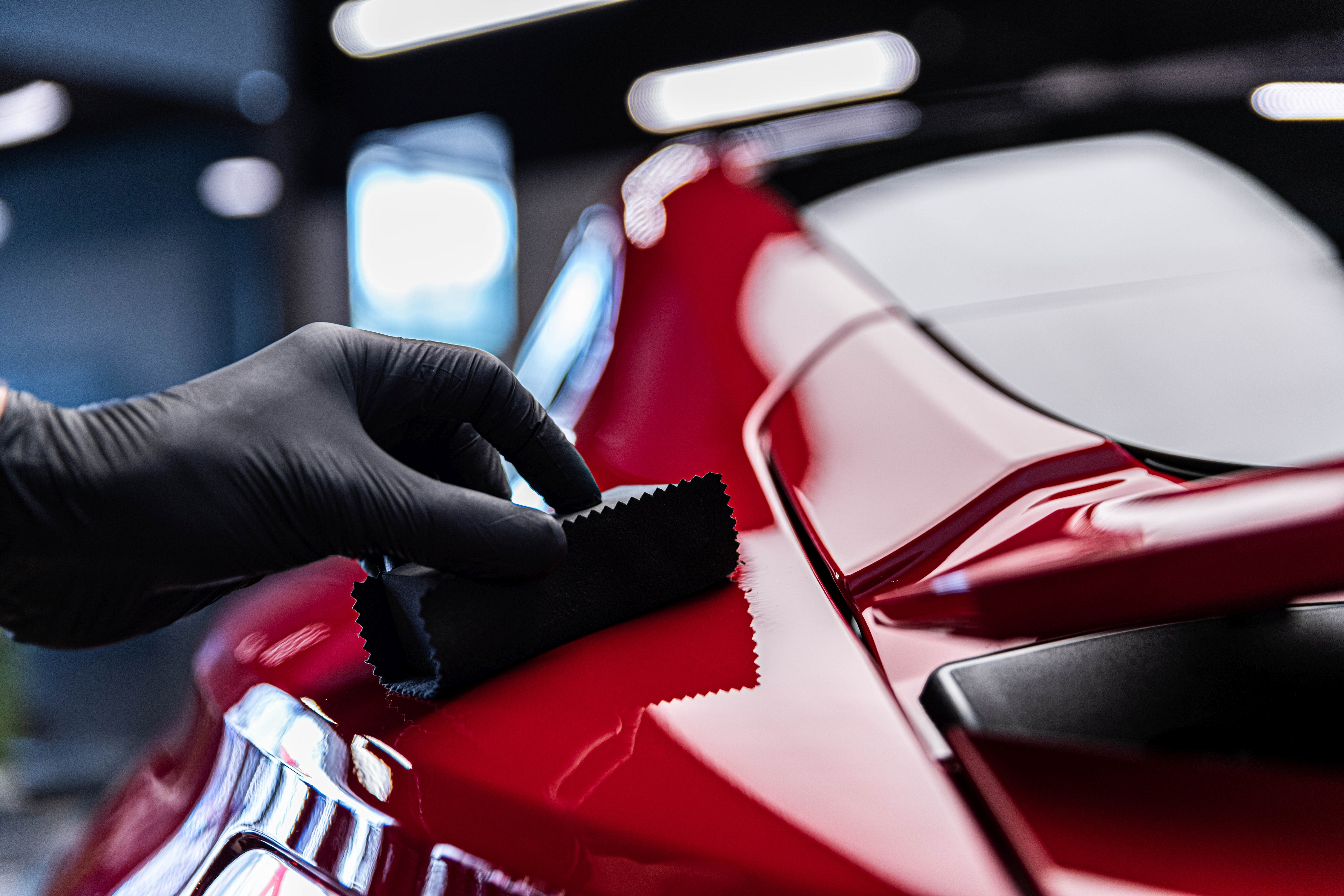Find top-rated ceramic coating Sarasota services for enhanced protection.
Find top-rated ceramic coating Sarasota services for enhanced protection.
Blog Article
A Comprehensive Guide to the Sorts Of Ceramic Coating on the marketplace
Ceramic finishes have actually emerged as a critical solution throughout different industries due to their special homes and applications. As we discover the distinct features and applications of these layers, the implications for efficiency and longevity end up being significantly noticeable, raising questions regarding which type might ideal suit your needs.
Understanding Ceramic Coatings
Ceramic finishings are innovative protective remedies that have actually gained appeal in different industries, especially in auto and aerospace applications. These finishes contain a liquid polymer that, when cured, creates a durable, hydrophobic layer externally of the substratum. This layer gives boosted resistance to ecological pollutants, UV radiation, and chemical direct exposure, thereby extending the life and visual appeal of the underlying product.
The basic component of ceramic finishes is silica, which adds to their solidity and durability. The application process generally involves surface preparation, application of the finishing, and treating, which can be attained via warmth or UV light. Once healed, ceramic finishes show remarkable bonding buildings, enabling them to stick highly to a range of surfaces, including metals, plastics, and glass.
In addition to their protective functions, ceramic coverings additionally supply simplicity of maintenance. Their hydrophobic nature decreases the adherence of dust and crud, making cleaning less complex and much less regular. In general, the adoption of ceramic coatings represents a considerable advancement in surface defense innovation, supplying both practical and visual benefits across multiple industries.
Kinds Of Ceramic Coatings
Numerous sorts of ceramic coverings are offered, each made to satisfy specific efficiency demands and applications - Paint Protection Film. One of the most usual types consist of:
Silica-based Coatings: These finishings mostly contain silicon dioxide and are recognized for their sturdiness and chemical resistance. They are widely used in automobile and commercial applications.
Titanium Dioxide Coatings: Popular for their photocatalytic residential or commercial properties, titanium dioxide coatings are typically applied in atmospheres where self-cleaning and antifungal buildings are preferable, such as in structure products and vehicle coatings.
Zirconia Coatings: Characterized by their high-temperature stability and thermal resistance, zirconia finishes are utilized in applications such as generator engines and high-performance automobile components.
Alumina Coatings: Displaying superb firmness and thermal security, alumina coatings are often utilized in wear-resistant applications, consisting of reducing tools and commercial machinery. - Paint Protection Film
Crossbreed Coatings: Combining the residential or commercial properties of various products, crossbreed coverings supply enhanced efficiency characteristics, making them ideal for special and requiring applications.
Each type of ceramic covering serves distinctive functions, allowing users to pick the most appropriate solution based on specific environmental problems and efficiency needs.
Advantages of Ceramic Coatings
Coatings play a crucial duty in improving the efficiency and long life of surfaces across numerous industries. Ceramic layers, particularly, offer many advantages that make them significantly preferred among manufacturers and consumers alike. One of the key advantages is their exceptional sturdiness. These finishes are resistant to scratches, chemicals, and UV rays, making sure website link that the underlying surface continues to be safeguarded gradually.
Along with toughness, ceramic layers offer outstanding hydrophobic homes, permitting simple cleaning and upkeep. This water-repellent nature reduces the adherence of dirt, gunk, and various other contaminants, which can extend the aesthetic appeal and performance of the surface area. In addition, ceramic coverings can substantially boost thermal resistance, making them optimal for applications that withstand high temperature levels.

Application Process
When applying ceramic finishes, a meticulous technique is vital to attain ideal outcomes. A clean surface area makes sure proper attachment of the covering.
When the surface is prepped, the following step is to use the ceramic covering. The finishing ought to be used in slim layers, as thicker applications can lead to uneven surfaces.
After application, the coating requires a particular curing time, normally varying from a couple of hours to a full day, relying on the item. During this time around, it is vital to stay clear of direct exposure to moisture or pollutants. A mild buffing may be needed after healing to boost the gloss and eliminate any high areas. Adhering to these steps faithfully will make the most of the efficiency and longevity of the ceramic finishing, giving a durable protective layer for the surface.
Maintenance and Durability
To make certain the durability and performance of a ceramic coating, regular upkeep is important. Ceramic layers, known for their durability and safety qualities, call for particular treatment regimens to optimize their life-span and efficiency.
Along with normal cleaning, periodic evaluations are crucial. Search for indicators of wear or damages, such as hydrophobic properties diminishing or surface area flaws. If necessary, a light polish may be put on renew the finish without removing it away.
Furthermore, the application of a booster spray can boost the finishing's hydrophobic effects and restore its gloss. This is particularly helpful for finishings that have actually been in usage for a prolonged duration. Eventually, by sticking to these maintenance practices, one can substantially link expand the life of a ceramic finish, making certain that it remains to offer ideal defense versus environmental elements and preserve the visual allure of the automobile.
Final thought

Report this page